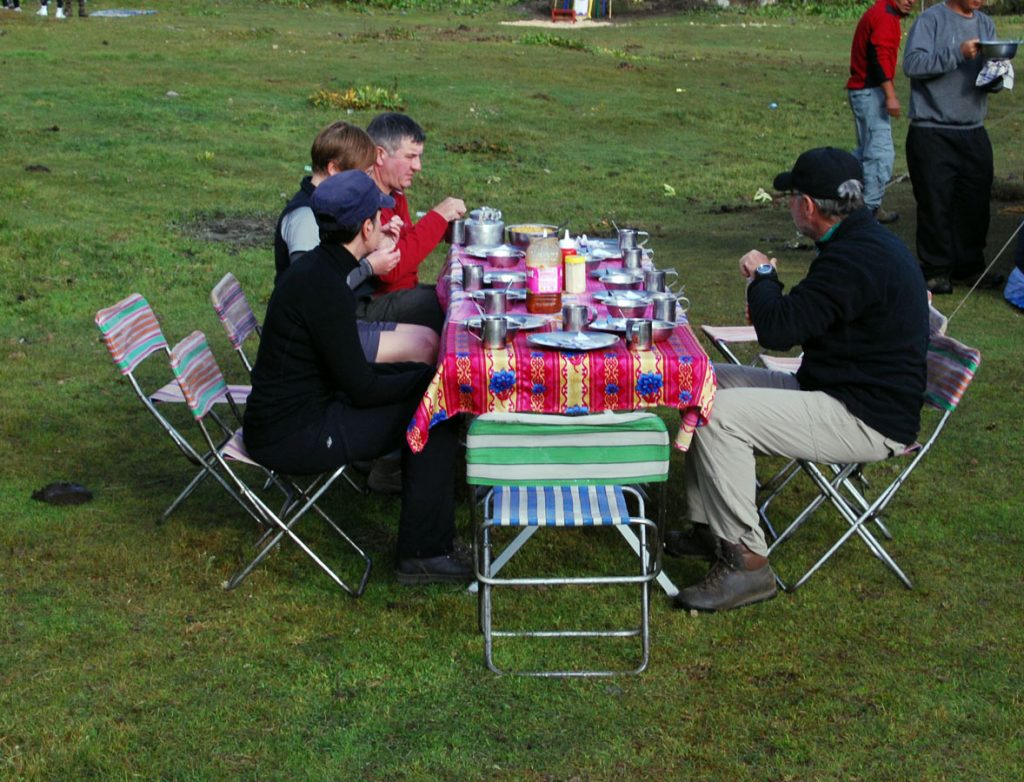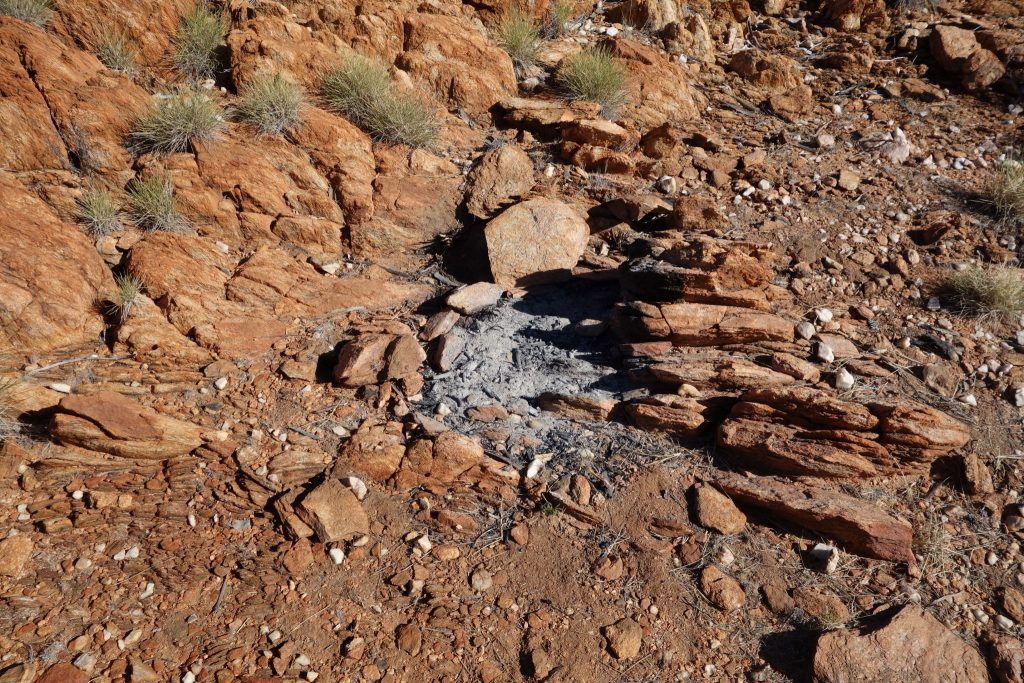Guided hikes
Hiking Practice
When it comes to hiking there really is no ‘one way’ to get involved. Some people stick to shorter hikes that can be completed within a day. For others it may mean starting with day hikes and expanding into those lasting multiple days, weeks or even months, either as a solo or group activity. Even then there is a decision to make about whether you want to do all the organisation and logistics yourself or leave it to others by going on a guided hike.
In this article we look at the pros and cons of guided hikes to help you decide if this is an option for you. The decision may not be as clear cut as you may think.
What is guided hiking
Ask most people what they think a guided hike is and you are likely to get a common answer; something along the lines of a hike organised by a club, a group or a commercial entity. While this is essentially true it is not the only answer. Guided hiking involves a degree of external assistance and it has the following broad categories.
Commercial Operations
1. Guided (Group)
- A trip involving a group of like minded hikers that is usually arranged by an outdoor travel agent. Logistical arrangements provided by the agent may include international airfares, internal transfers, meals, overnight accomodation and campsite fees. Trip organisers will also recommend/arrange relevant insurances. If you are new to hiking and aren’t sure of how things work then this is a great option
- Group trips will vary in how they are run
- Some trips will be full-on hiking with you carrying all your gear, setting up your tent at the end of the day and cooking your own food
- Other trips will transfer your gear on a daily basis from campsite to campsite leaving you to carry just a day pack. This type of trip will usually have cooks and your tent will be set up at the end of the day for you
- These trips are usually well staffed, in particular those arranged in non western countries where wages are often much lower. There will also be a designated trip leader who will arrange or coordinate day to day logistics, and often there may be secondary staff who help set up tent sites and meals
- There are a number of well recognised companies that provide group services for both national and international hikes
2. Guided (Private)
- Basically the same as a group trip but rather than joining in with a group of strangers most companies are happy to provide the same opportunities on a more personal basis whether it be on a one on one basis or for a couple. The plus side is that you will often have the ability to focus on what you want rather than the wishes of a group. With this type of trip you can pretty well dictate the itinerary. Keep in mind that you will also pay a premium for this experience
3. Self Guided
- Self guided trips involve travel agents providing many of the logistical arrangements for you but without the guiding services. You do the walk and will often decide the level of services you want. This may include transport, accomodation and meal packages
- This is a great option if you aren’t quite ready to branch out on your own or if you are travelling overseas. In this instance, what you are paying for is the experience and local knowledge that will help take all the worry out of the trip
4. Clubs
- In most larger towns and cities throughout Australia you will find hiking clubs. For many years clubs were the only option for doing organise trips within Australia but now play less of a role with commercial operators making up more of this market. If you are looking at doing locally based trips ranging from an overnighter in your local area all the way up to the occasional national and international trip, then clubs are a good option and often tend to be cheaper than the commercial operators
- Clubs set up and run based on national standards will usually have a wealth of experience and be covered under a national insurance scheme. Clubs will often be ‘personality based’ so you may have to look around to find one that fits in with your personality
5. Meet-up Groups
- The modern day version of a club. You just need to look online for a meet up group that runs trips that suit you, book in, and turn up
- Meet-up groups can vary in their level or skills and experience and like clubs are often based on the personality of the organiser. Meet-up groups often target particular types of hikers e.g. under 30s, women only, etc so find a group that is going to suit you
- Meet-up groups may or may not have insurance in place and while this can add a few dollars to the trip its worthwhile knowing that they are covered by insurance in the unlikely event that an accident occurs

Breakfast on our 2012 Bhutan group trip
Non Commercial Operations
In this same category is non commercial guiding. This refers to going hiking with an experienced friend or group of friends and offers many of the benefits of the commercial operators without the cost. The down side of this type of guiding is that the level of quality will vary depending on the skills or your hiking friends. If they have bad habits they will be passed on to you and you will be none the wiser. An example of this is lighting fires in areas where they are banned.

Illegal fire site on the Larapinta Trail
Pros and cons
Whatever type of trip you do there are always going to be pros and cons. Which one you choose will depend on your priorities. Do you want to do as little work as possible or do you want the full-on hiking experience?
Pros
- Having someone else do all the decision-making including meal planning, providing gear recommendations and travel arrangements, can take a fair amount of stress out of the trip if you don’t enjoy dealing with all the logistical considerations. If you are new to hiking this is a great way to learn
- If you are someone who doesn’t enjoy solo hiking but can’t find a partner to do the trip with, then going on an organised trip means you don’t have to worry about this aspect
- The guides on your trip know the walk you are doing really well and will ensure you get the best experience from the trip
- If something goes wrong then there is an experienced group leader that will manage any issues
- Meeting new people! On the guided trips that Gill and I have done we have met people from all over the world and from different walks of life
Cons
- There is a well known saying in the hiking world of ‘Hike Your Own Hike‘ and in short this means do what makes you happy rather than trying to fit into someone else plan. Hiking as part of a group may mean you may not be able to hike at your own pace or wonder off trail to look at something that catches your eye. (Guided trips that are run just for you don’t fall into this category)
- Other people! I’m very much a social person and love the company of others. However I also prefer to have control over this interaction because sometimes I just want to be alone!
- The cost! A guided experience is going to cost you more than it would if doing the trip under your own steam (in most cases but not always)
Final thoughts
I’m personally not a fan of guided hiking, preferring to do my/our own thing (Hike Your Own Hike) but sometimes it just makes sense. When you are travelling overseas, particularly in non western countries, when there may be a bit of a culture shock etc. guided trips just make sense. In addition there are some countries in the world (e.g. Bhutan) that structure trail fees on a ‘guided’ and ‘non guided’ rate as a means to provide employment and strangely enough this can mean that guided trips will be cheaper. Gill and I tend to do guided trips in non western countries or when we want to learn new skills.
What it comes down to is deciding what you want to achieve from a trip. Ultimately it may be the cost that determines what type of trip you do but if you still consider yourself in the ‘beginner’ category then having a bit of hand holding is a good way to go.